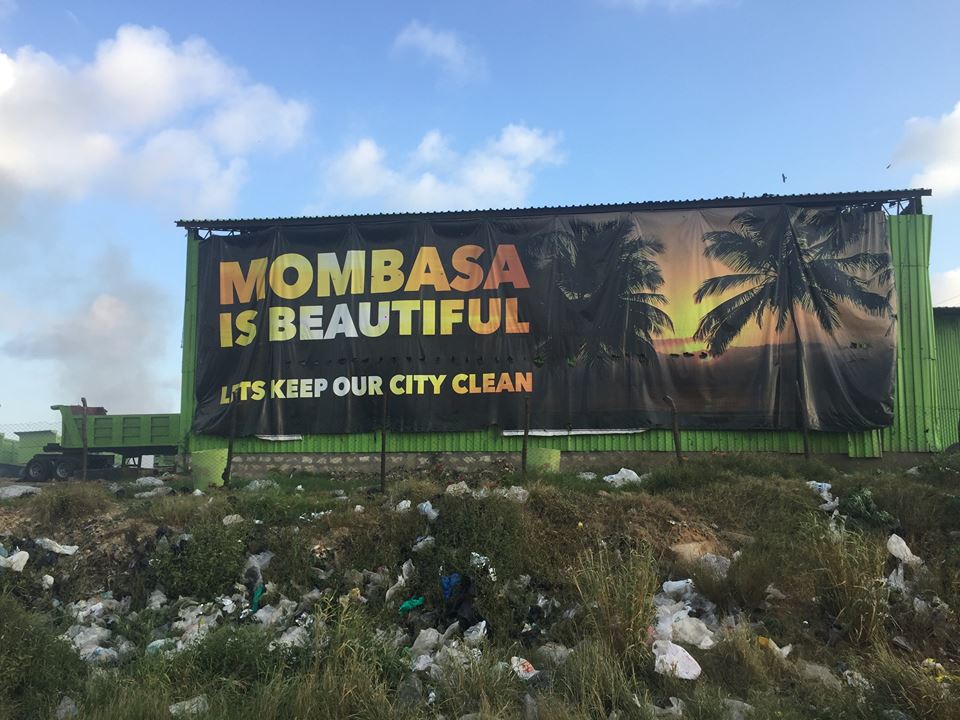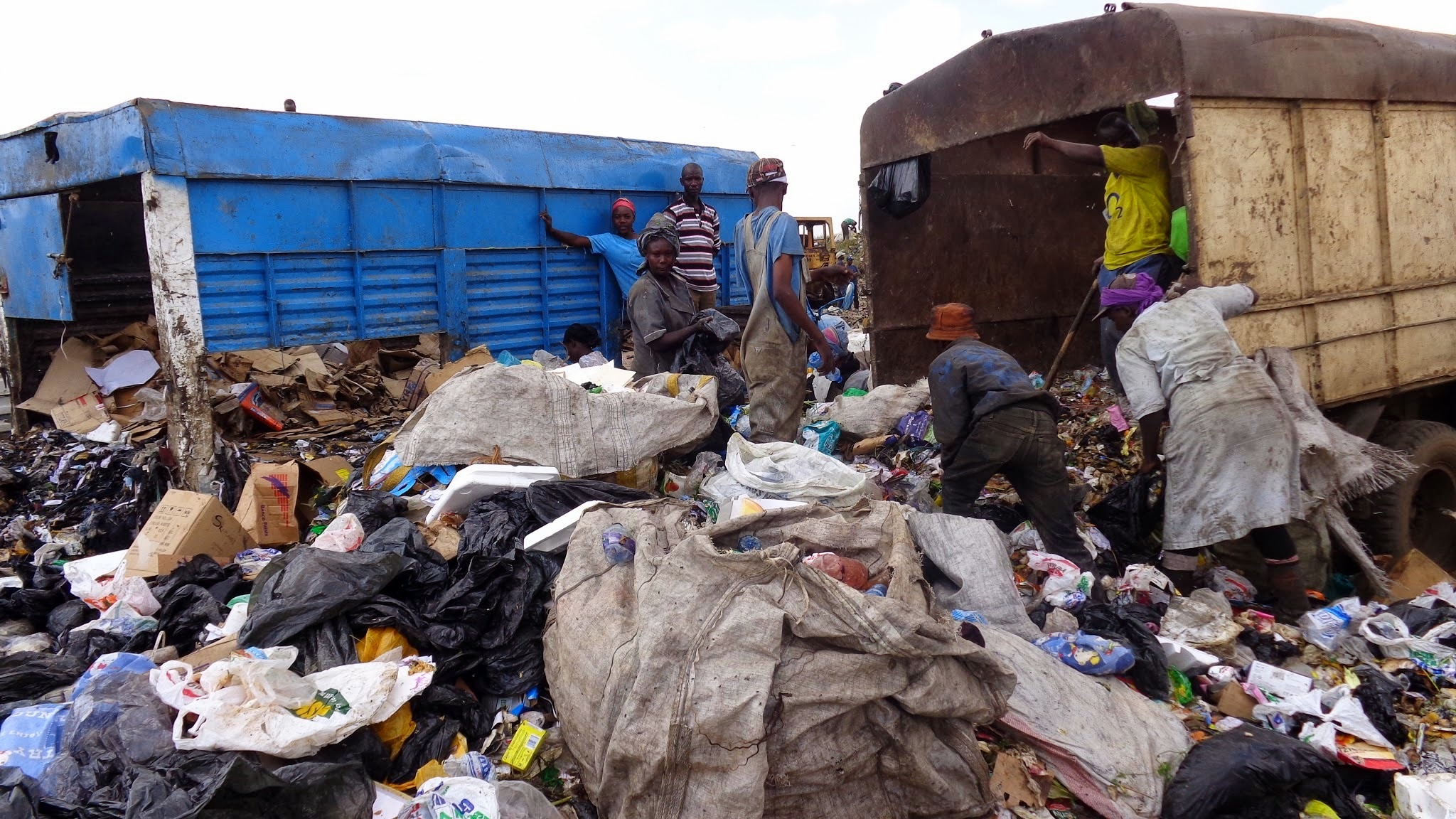It’s going to take a lot more than banning of plastic bags for us to have a clean environment and improve the general state of the country’s public spaces.
A trip to Mombasa County, fondly referred to as County 001, and one is amazed at how the small town is slowly morphing into a garbage paradise with litter piling left, right and center. So pathetic is the situation that the president was recently quoted urging traders at Kongowea market,one of the county’s largest open air market, not to pay taxes to their County Government.
He cited collection of garbage and putting of drainage in the market among services not being done. While many dismissed his statements as politically motivated, recent public outcry has seen many Kenyans challenging the Mombasa County government to come up with a better waste management plan so as to restore the city’s lost glory.
Tourists travelling by road from Moi International Airport to the city center have to endure an intolerable stench from the Kibarani dumpsite as the heaps of garbage within the Central Business District are an eyesore to both residents and visitors.

Waste Management Plans
Poor management of solid waste is a general problem cutting across all the forty seven counties in Kenya. While waste generation is a natural part of healthy living, it becomes a threat if the systems in place are not sufficient to manage it properly.You will find that in most urban populations, the proportion of solid waste generated is much higher compared to that which is collected.
Article 2 of the fourth Schedule in the Constitution of Kenya explicitly provides that the County Governments shall be responsible for refuse removal, refuse dumps, and solid waste removal. That County Governments have slacked in their duties of providing waste collection as an urban service is open for all to see.
Where county governments have slacked, we have seen community based organisations (CBOs) in the form of Youth Groups and other Self Help Organizations stepping up to fill in the gap. This has however had its own fair share of challenges. The process required to get a permit for waste management is lengthy and marred with many bureaucratic processes with some county officials even asking for bribes.
If we are serious in solving the waste problem then the County should streamline licensing procedures to make it simple and affordable for the youth to be economically engaged in active garbage collection, sorting, recovery, and sale of recyclables to waste dealers, while also designating communal waste collection points, improving transportation, and ensuring safe disposal of solid wastes.
Another growing concern is that designated dumping sites are bearing more garbage than what they were intended to. Case in point is the 30-acre Dandora Dumpsite that was meant to hold 500,000 tonnes of garbage, but is currently holding some 1.8 million tonnes. Scientists, led by a lecturer at the University of Nairobi’s Department of Chemistry, Prof Shem Wandiga, have warned of increased air pollution in Nairobi if the dumpsite is not closed down.
They say the 30-year-old facility is way past its maximum shelf-life of 14 years, and has become a major health threat to Nairobi residents.Besides polluting the air, the waste from the dumpsite is finding its way into Nairobi River, thus polluting the water that many people downstream use to grow vegetables and other crops, raising questions as to how safe it is to consume such vegetables.
This points to an urgent need to set up a new dumping facility or alternatively to adopt sustainable waste management in existing dumpsites in order to prolong their life.

Recycling Waste
The Nairobi Integrated Urban Development Master Plan (NIUPLAN) proposes a material recovery facility (MRF) in the Dandora Dumpsite that will ensure all the incoming waste is separated into organic, recyclable and non-organic.
The organic waste will be fermented for 30 days to reduce its volume by about 55 per cent. This separation of waste will also ease recovery and improve captured material quality of recyclable waste at minimal cost.
Important waste materials that can easily be recycled include; paper, scrap iron – used by local artisans and metal working companies, plastics and whole bottles.The re-use of refuse thus plays an important role in improving the urban physical environment.
By reducing the total amount of solid waste headed for the landfill (or left lying to rot in the streets), recycling and composting are land-saving and pollution-reducing strategies. Waste re-use also plays a valuable resource conserving role: by recycling materials, further exploitation of scarce natural resources is minimized, thus containing the spreading ecological footprint of the city.
Cover Image Source: http://www.bbc.com/news/world-africa-18101593







